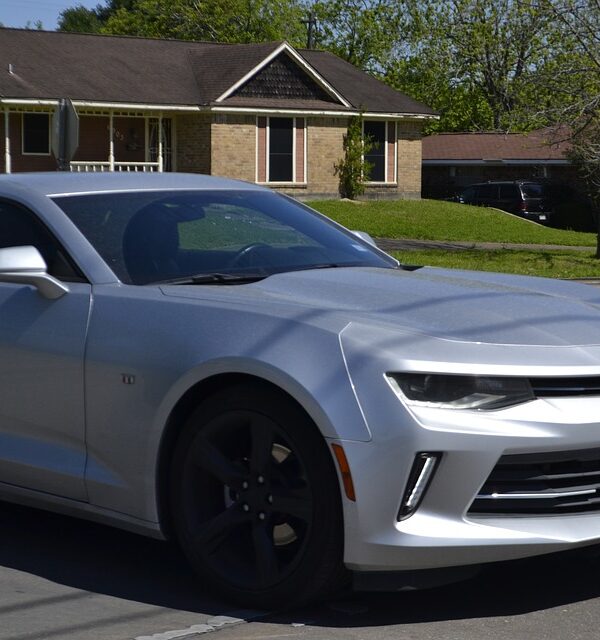Courtesy of iii.org One of the best ways to keep your auto insurance costs down is to have a good driving record. Listed below are other things you can do to lower your insurance costs. 1. Shop around Prices vary from company to company, so it pays to shop around. Get at least three price quotes. You can call companies directly or access information on the Internet. Your state insurance department may also provide comparisons of prices charged by major insurers. You buy insurance to protect you financially and provide peace of mind. It’s important to pick a company that is financially stable. Check the financial health of insurance companies with rating companies such as A.M. Best (www.ambest.com) and Standard & Poor’s (www.standardandpoors.com/ratings) and consult consumer magazines. Get quotes from different types of insurance companies. Some sell through their own agents. These agencies have the same name as the insurance company. Some sell through independent agents …
What Happens if Your Car Insurance is Cancelled?
Courtesy of iii.org There's a difference between an insurance company cancelling a policy and choosing not to renew it. Learn why your insurance might not be renewed Auto insurance cancellation Insurance companies cannot cancel a policy that has been in force for more than 60 days except when: You fail to pay the premium You have committed fraud or made serious misrepresentations on your application Your drivers license has been revoked or suspended. Auto insurance non-renewal Either you or your insurance company can decide not to renew the policy when it expires. Your insurance company must give you a certain number of days notice and explain the reason for not renewing before it drops your policy (the exact timeframes and rules will depend on the state in which you live). There are a number of reasons an insurance company may choose not to renew a policy, and it may have nothing to do with you personally. For example, your insurer may have decided to …
Liability Insurance Coverage
Courtesy of iii.org Do you or your business provide professional services or advice to other businesses or individuals? Could your counsel or service lead to losses by your client for which you could be held responsible? If so, you’ll likely want to purchase professional liability insurance, also known as errors and omissions insurance (E&O). Claims not covered by general liability insurance that are covered by professional liability insurance include negligence, misrepresentation, violation of good faith and fair dealing, and inaccurate advice. What types of businesses need professional liability insurance? In some states, professional liability insurance is required, especially for attorneys and doctors. Legal and medical malpractice insurance policies are special types of professional liability insurance. Other professionals that should consider professional liability insurance include: Accountants Architects Engineers Graphic designers Information …


